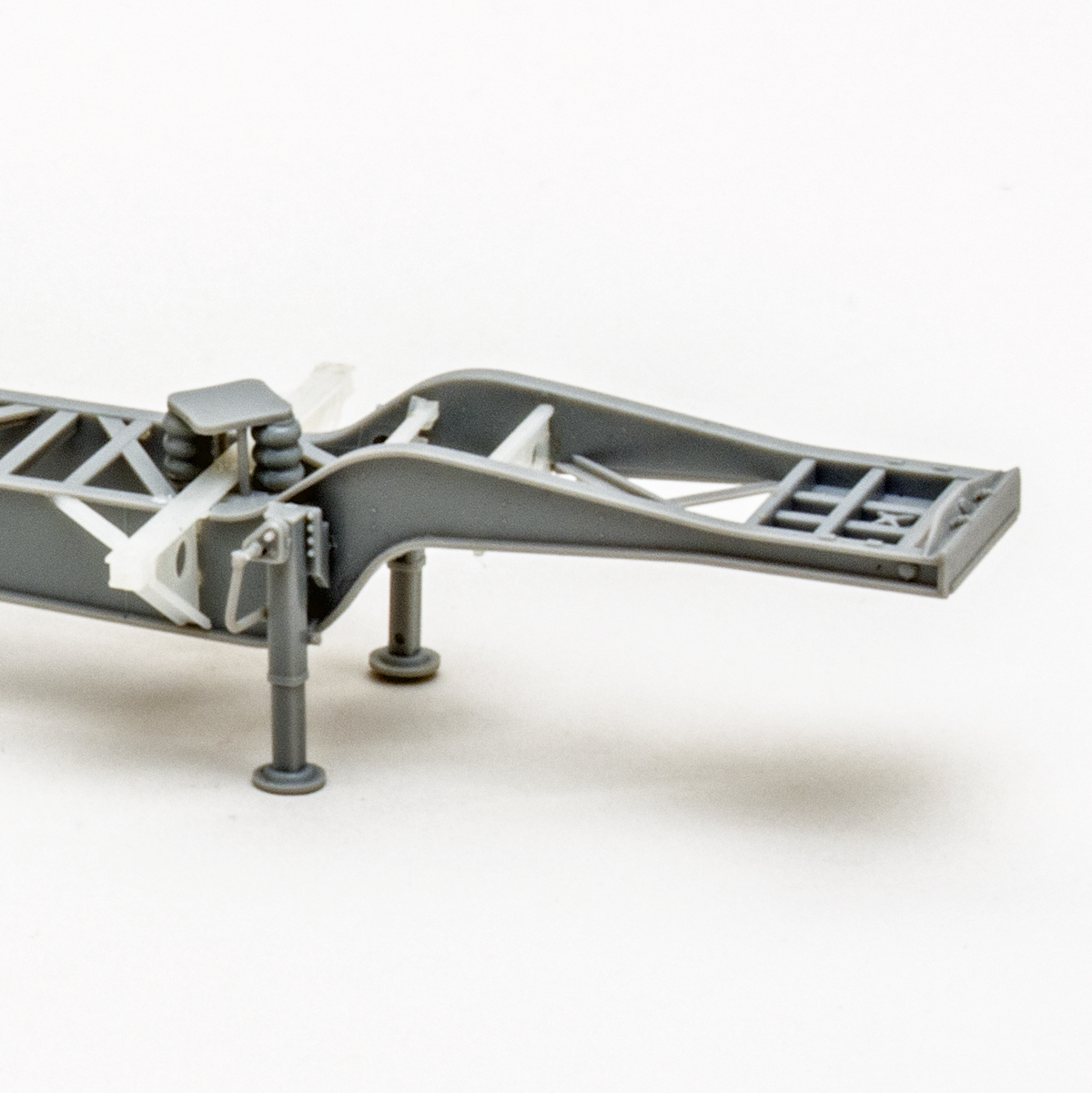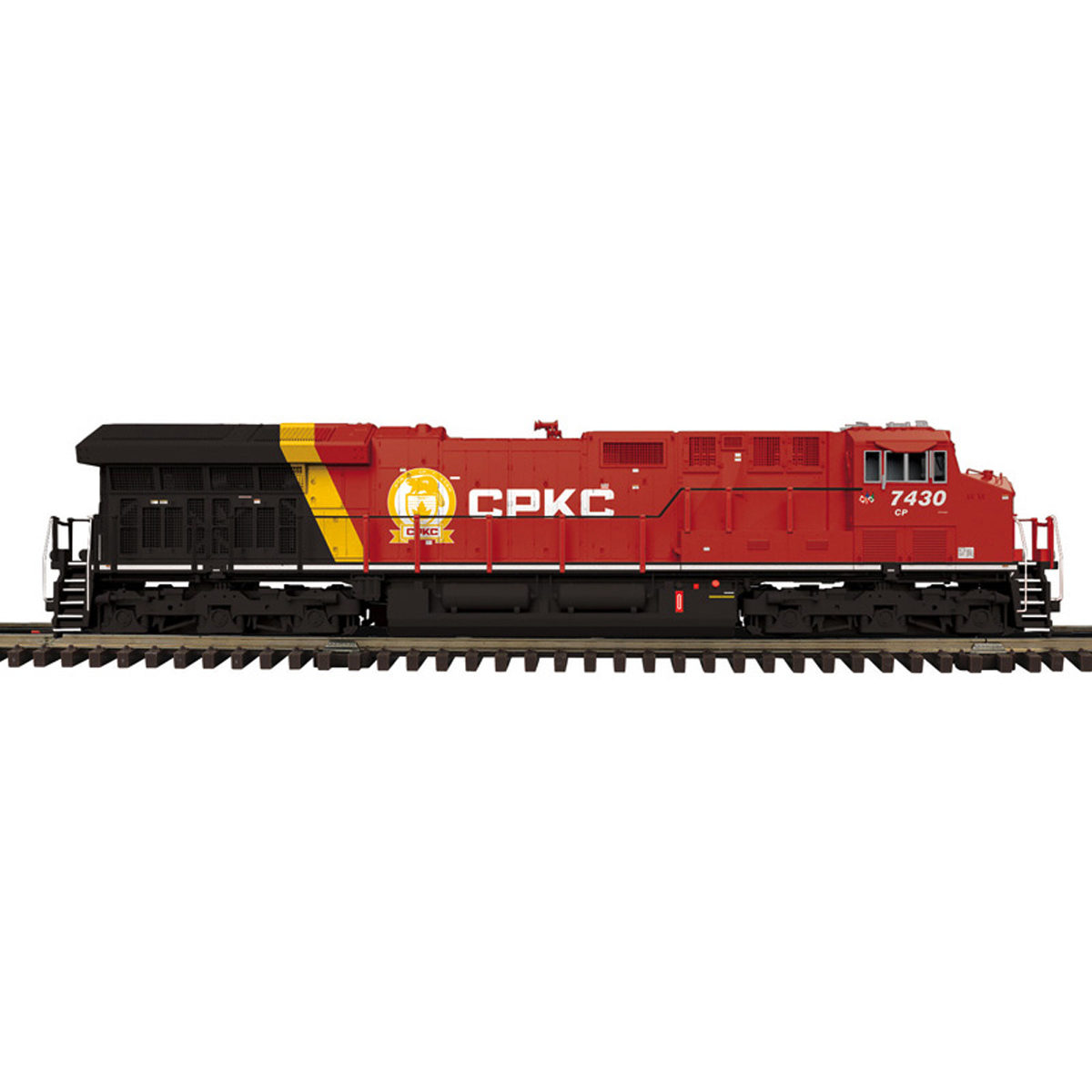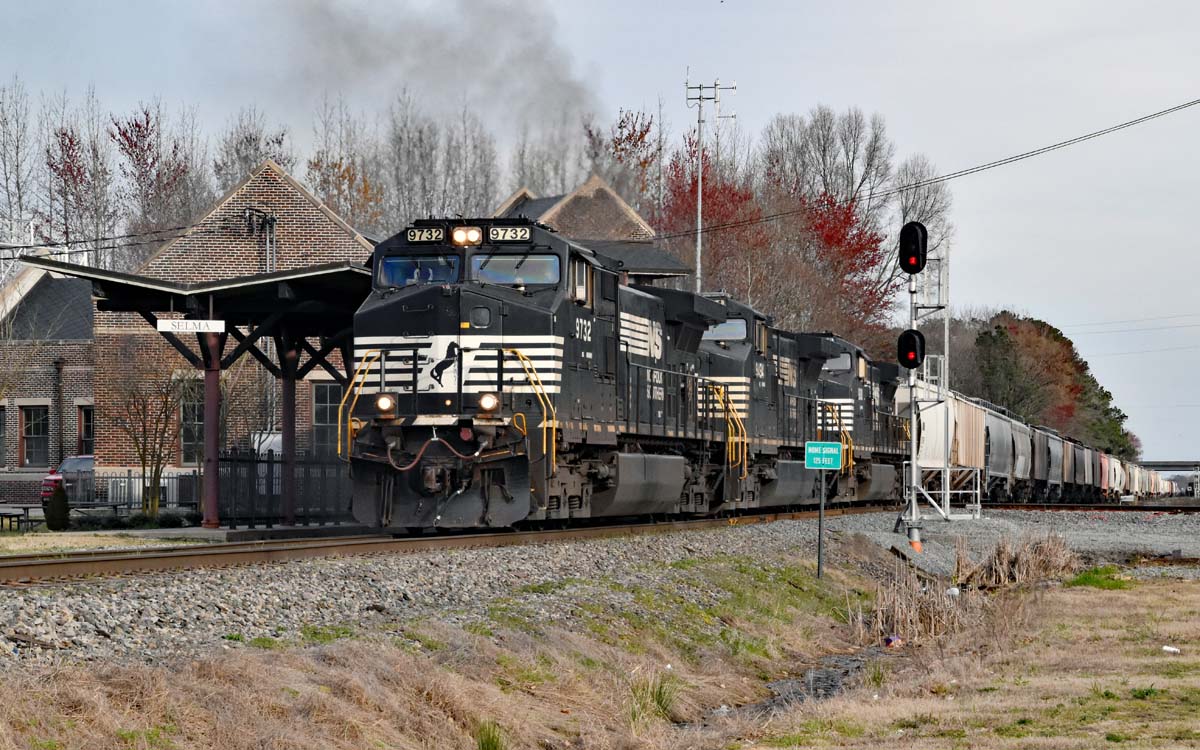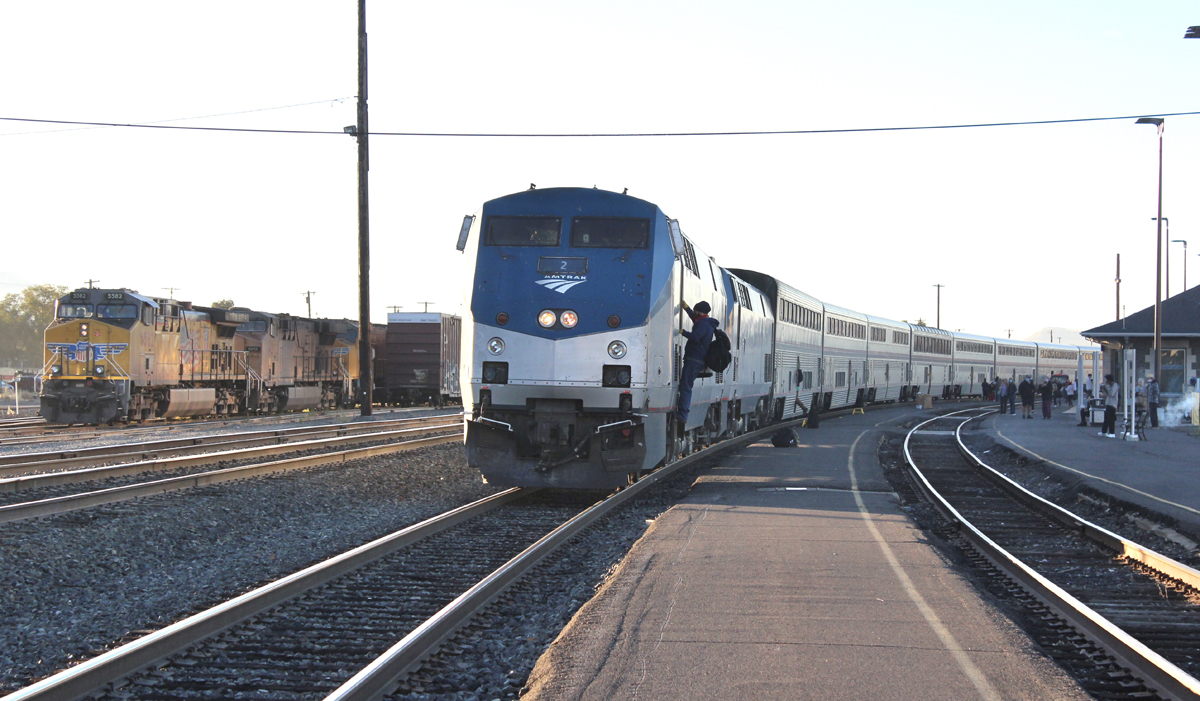According to the Kentucky Transportation Cabinet, Kentucky Railway Museum has been awarded a $435,000 grant through the state’s Transportation Alternatives Program for restoration of Louisville & Nashville No. 152, a 4-6-2 Pacific-type steam locomotive which has sat dormant since 2011. Rob Minton, the chairman of “Crew 152,” KRM’s 152 Committee, says the funding will help move the project to about 85 percent completion.
TAP grants typically fund transportation improvements for non-driving or disabled people, but also to improve access to schools, businesses, or recreation areas. It is a matching 80/20 grant, meaning 80% of the funds are awarded and the entity receiving the funding must provide a 20% match, or about $87,000. Minton says KRM has most of the matching funds, but more is still needed. “We actually have a lot of that already,” Minton says. “We’ve been fundraising for the past four years. We started in 2015 and we’ve managed to raise over $100,000 to this point to the end of really hoping to get something along these lines, a grant of this size. I don’t think that this will completely finish the locomotive, but it gets us pretty far down the road on it.” Minton says the TAP grant is a reimbursement program and KRM will submit paid invoices to local and county offices in order to draw down the funds. “It takes a lot for us to actually see the money,” Minton says.
The restoration is already underway and much of No. 152 has already been disassembled, with thousands of hours of sweat equity having already been invested in the project. Minton says volunteers began disassembling the 152 in 2016 in order to find out if the locomotive could be returned to working order.
“We wanted to be ready when something like this came,” he says. “We wanted to be ready to pull the trigger and be ready to go, so we’re kind of at that point.” Minton says the bulk of the TAP grant funding will go toward repairs to 152’s boiler, which will be completed by Strasburg Rail Road in Pennsylvania, where the boiler and frame will eventually be shipped for restoration. Minton says the 152 Committee considered the costly prospect of constructing a new boiler, but Strasburg indicated that only repairs were needed for the existing boiler to become operational again. “I think we all kind of liked that idea,” he says. “We all agreed that it’s probably better that this boiler be saved and be reused, so that’s the path that we’re on right now.”
Numerous other smaller jobs also need to be completed, including work to address worn cylinders, shoes, wedges, and pins, and also to address whether the locomotive’s smoke box can be used again. Much of the work will be contracted out while some projects will be done in-house at KRM.
“We’re going to go through and totally refurbish these systems and we’re going to learn as we go,” Minton says. “We have lost a lot of knowledge (with some members passing away), so we’re going to learn some things from scratch. We’re very happy with the condition of the locomotive. It was in great operating condition when we took it down, but it had sat for going on 10 years and everything’s basically got to be taken apart, cleaned and certified and a lot of little jobs completed.”
No. 152 was built in 1905 by Rogers Locomotive Works and gained favor quickly with the L&N. Minton says the railroad liked the locomotives so much, they essentially copied the design and built similar locomotives at its South Louisville Shops. The locomotives were mainly used in passenger service on the main line between Louisville, Ky., and Nashville before later being assigned to the flat southern reaches of L&N’s system in the 1920s. No. 152 was donated to KRM in 1954 and after being cosmetically restored and delivered in 1957 to the museum, then located in Louisville, it sat parked until 1972 when a 13-year restoration project began. That project was completed in 1985 and the locomotive was returned to service, Minton says, running until being parked in 2011 due to flue issues and boiler repairs that could not be completed before its boiler certification expired. The hope now, he says, is to have the locomotive operational in two or three years.
“It sat dormant for four of five years and a prevailing thought among all of us was that we need to get it out and prop it up like a corpse or we need to get it running, so you can tell which way we wanted to go, we felt like it deserves to run,” Minton says. “The locomotive was built in 1905 and when we get it operational, it’ll be one of the best examples of an engine running on the line for which it was built for 115 years later.”
Minton says once No. 152 is completed, the locomotive will return to pulling excursion trains on Kentucky Railway Museum’s campus. He says there is no plans for it to tour other areas. “It’s really not convenient or easy to get moved by rail off our line,” he says. “We connect to CSX, but if we were going to move it off, we would have to flatcar it off, so I don’t really see it leaving our property. We’ve got 17 miles of track, we’ve got some other things going on and a lot of opportunity, so it works really well for our operation.”















I sure wish it could come south nearer my home in Atlanta. It would be great to see it in the former L&N line out of Blue Ridge GA on the present Blue a Ridge Scenic
Nice photo! That’s my shot, taken at Hagans, VA on October 11, 1986.